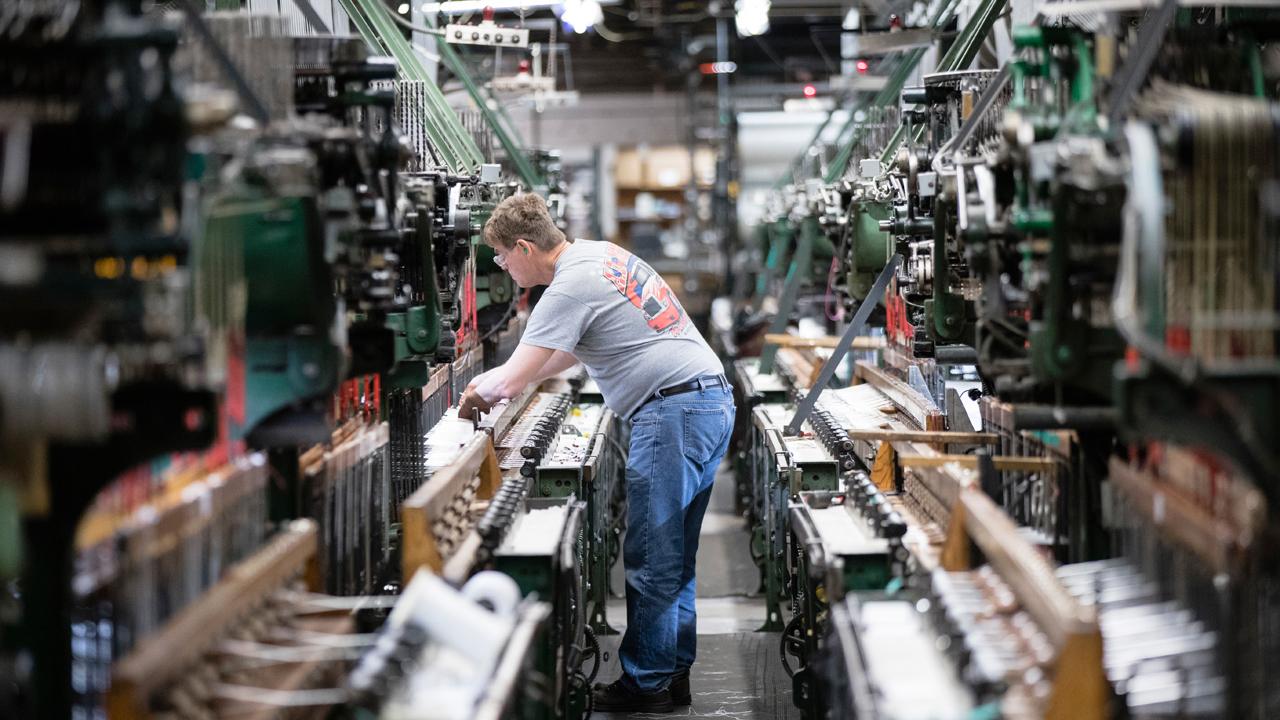What employers and employees must realize now about the future of jobs
As we head into 2019 with a booming job market of over 7 million job openings and 5.9 million unemployed individuals, you may wonder what this new year will bring in actual job growth. Job gains have averaged 170,000 for the last 3 months and unemployment has held steady at 3.7 percent. The Labor Department will release the final employment report of 2018 Friday.
With such a strong demand for skilled talent, some economists are surprised that the actual job growth numbers have been below expectations. So what’s really happening on the front lines of the job market?
The widening skills gap (and robots)
First of all, the skilled talent shortage is real. The U.S. skills gap has been a hot topic of discussion for more than 10 years -- and it is only getting worse.
Employers today are struggling to find experienced skilled talent in many areas from technology and health care to manufacturing and logistics. At the same time, we are beginning to see declining jobs in many lower-skilled areas where jobs are being replaced by robotics and artificial intelligence.
Top declining and emerging jobs
Many jobs are declining at a rapid pace and will be eliminated by technological advancements. The top declining jobs in the U.S. are data-entry clerks, accounting, bookkeeping and payroll clerks, assembly and factory workers and customer service representatives.
The emerging jobs of 2019 will be in science, big data (data mining and analysis), marketing analytics, digital transformation, software and application development, security and network engineering. We will continue to see a strong demand for registered nurses and physical therapists. In fact, some of the fastest growing jobs in demand are in the health-care sector.
A recent study by Deloitte found a broadening gap between the jobs that need to be filled and the skilled talent pool proficient of filling them in the manufacturing sector. According to the study, the skills gap may leave an estimated 2.4 million positions unfilled between 2018 and 2028, with a potential economic impact of $2.5 trillion. Further, the study shows that the positions relating to digital talent, skilled production and operational managers may be three times as difficult to fill in the next three years.
What is needed
This certainly begs the question as to whether the U.S. is ready to meet the needs of its workforce and industries to sustain a growing, competitive economy. I would suggest employers need to think more aggressively about on-the-job training and apprenticeships to develop the workforce of tomorrow.
If nothing is done, this gap will only continue to widen over the foreseeable future. Mix that with the rapidly changing advancements in robotics and artificial intelligence, and as I see it, it will become impossible to find a job if you don’t have specialized training or education.
Joanie Courtney is the chief marketing officer and president, professional division at Employbridge. Follow her on Twitter @JoanieCourtney.




















